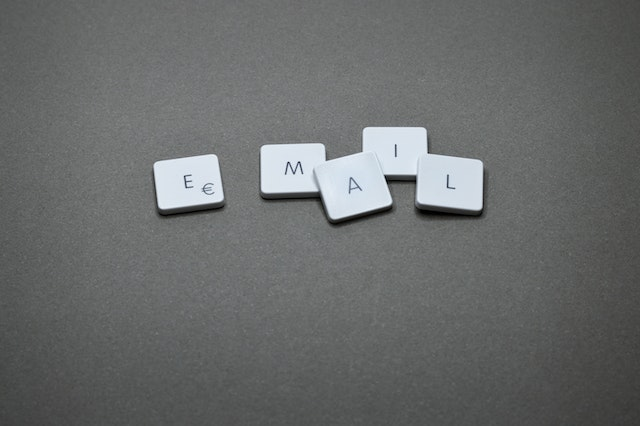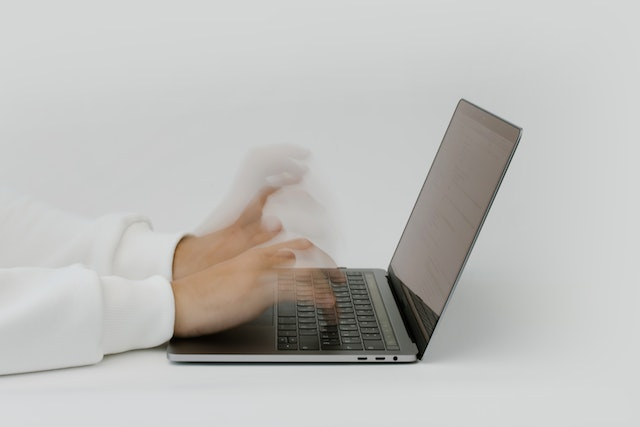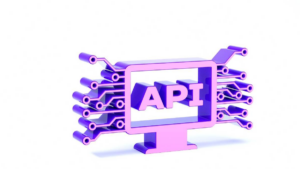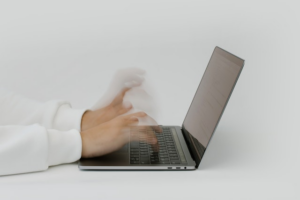In the professional world, email communication is ubiquitous. Therefore, it is important to adhere to certain rules of politeness when drafting these electronic messages.
Care for the subject line and recipient field of the email
To start, it is important to carefully craft the subject line of the email. Indeed, this is often what encourages or discourages opening the message. It should therefore be clear, concise, and explicit. For this reason, it is better to avoid overly long or ambiguous subject lines that could appear unserious or disorganized.
Selecting recipients
Similarly, it is important to carefully select the recipients of the message. When addressing a professional email to multiple people, one can distinguish between the main recipients (those to whom the email is directly addressed) and the recipients in copy (those who are simply informed). It is preferable to use this distinction to avoid any confusion or misunderstanding regarding the intended recipient.
Respect the etiquette
Next, it is important not to neglect the etiquette in a professional email. Whether at the beginning or end of the message, these expressions demonstrate our respect and consideration for our counterparts.
Initial greeting
The initial greeting should be adapted to the recipient. If the relationship is rather hierarchical or formal, it is preferable to use “Mr.” or “Ms.” followed by the last name. However, if the tone can be more relaxed, one can opt for a simple “Hello” followed by the first name.
Closing formula
Just like the initial greeting, the closing formula varies depending on the degree of formality in the relationship between the parties. Here are some examples:
Sincerely / Kind regards: these terms are used when the relationship is neutral and impersonal
Best regards / Warm regards: they indicate a certain level of closeness without being overly familiar
Best wishes / Take care: these expressions are reserved for informal and friendly correspondence
Attention to email formatting
The formatting of the email also plays a role in how its seriousness and politeness are perceived. Therefore, it is recommended to follow some simple rules.

Airing the text
The message should be structured and aired. A well-organized email with short paragraphs facilitates reading and improves understanding. Therefore, it is important to avoid “text blocks” that can discourage the reader.
Capitalization and punctuation
Capitalization and punctuation are also important. It is preferable to avoid writing in all capital letters, as this can give the impression of shouting or disrespecting the recipient. Similarly, it is important to use punctuation correctly to make the text clearer and avoid ambiguities.
Demonstrate competence with an appropriate tone
In a professional email, it is essential to show that one masters the subject and is competent. To do this, one can adopt an appropriate tone that demonstrates our expertise.
Be precise and concise
In this context, prioritizing precision and conciseness is a good strategy. By getting straight to the point and providing relevant information, one demonstrates the ability to synthesize and be effective in communication.
Avoid excessive jargon
However, this desire to show competence should not lead to the use of excessive jargon that would make the message incomprehensible. It is therefore important to strike a balance between necessary technical terms and common language.
Show diplomacy and respect
Finally, when drafting a professional email, it is crucial to show diplomacy and respect towards one’s counterparts. This is particularly true when addressing sensitive topics or resolving conflicts.
Choose words carefully
To do this, it is important to choose words carefully and avoid aggressive or peremptory terms. Preferring phrases such as “I think that” or “in my opinion” rather than “you are wrong” or “that’s false” allows for nuance while remaining polite.
Take time to review and think before sending
One should not hesitate to review their email and take the time to think before sending it. Indeed, this allows for identifying any clumsiness or overly abrupt formulations that could be misinterpreted by the recipient.
By following these rules of politeness for writing professional emails, one contributes to creating an atmosphere of trust and respect among colleagues. This not only contributes to the smooth functioning of the company but also to the personal and professional development of everyone.








